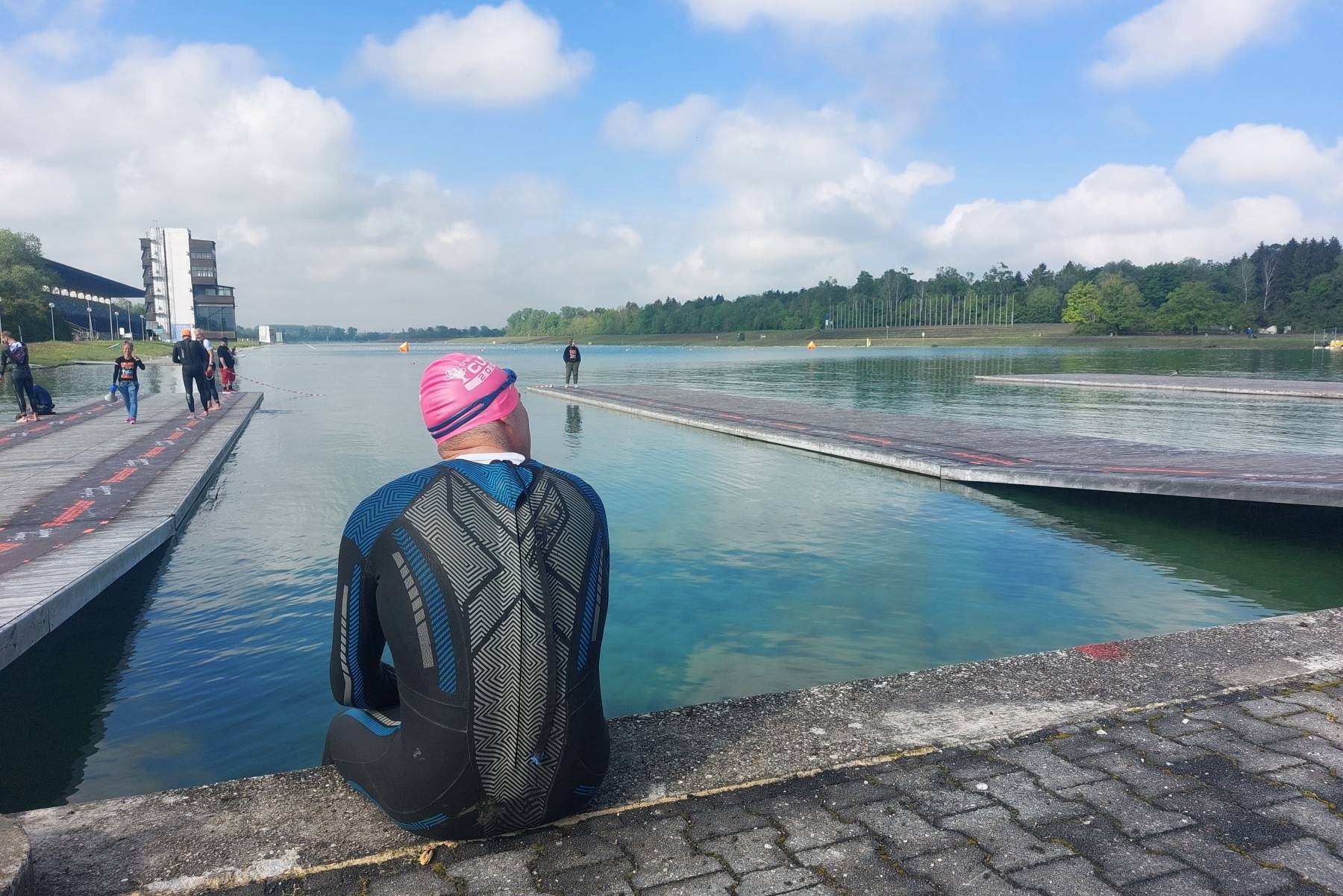Das Tapern ist eine effektive Methode, um sich von einer hohen Trainingsbelastung zu erholen und sich optimal auf einen Wettkampf vorzubereiten. Der Nutzen des Tapering wurde bereits in zahlreichen wissenschaftlichen Studien nachgewiesen. Doch was ist die optimale Länge und wie sollte das Training in der Taperphase aussehen?
In einer Studie haben kanadische Wissenschaftler anhand eines Trainingsmodells verschiedene Taperingmethoden verglichen und die Ergebnisse in der Trainingspraxis von Triathleten überprüft.
Untersucht wurden zwei verschiedene Taperingmethoden: ein stufenförmiges Tapering, bei dem die Trainingsbelastung zu Beginn der 14-tägigenTaperphase reduziert und anschließend konstant gehalten wurde und eine Taperingmethode, bei der die Trainingsbelastung über 14 Tage exponentiell (das heißt anfangs viel und am Ende gering) reduziert wurde. Das Training wurde so reduziert, dass nach 5 Tagen 50% der normalen Trainingsbelastung erreicht wurden. Zusätzlich wurde bei den exponentiellen Taperingmethoden zwischen einer langsam (50% der normalen Trainingsbelastung nach 8 Tagen) und einer schnell (50% der normalen Trainingsbelastung nach 4 Tagen) reduzierten Methode unterschieden.
Die Ergebnisse zeigen, dass alle Testgruppen ihre Leistung durch das Tapering steigern konnten. Das exponentielle Tapering war deutlich effektiver als das stufenförmige Tapering. Zudem konnten die Wissenschaftler zeigen, dass mit einer schnellen, exponentiellen Reduktion der Trainingsbelastung höhere Leistungsfortschritte erzielt werden können.
Doch was bedeutet das für die Trainingspraxis?
Die in der Studie angewendeten Taperingmethoden in einen Trainingsplan umzusetzen, braucht natürlich sportwissenschaftliches Hintergrundwissen und mathematisches Geschick. Dabei ist zunächst wichtig zu wissen, dass sich die Trainingsbelastung aus den Faktoren Trainingsdauer, Trainingsintensität und Trainingshäufigkeit zusammensetzt. Um die Trainingsbelastung zu reduzieren, hat man also die Möglichkeit die Anzahl der Trainingsstunden pro Woche zu reduzieren oder aber weniger intensiv zu trainieren. Die erste Möglichkeit hat sich in zahlreichen Studien als deutlich effektiver für ein optimales Tapering herausgestellt.
Folgendes Trainingsbeispiel zeigt, wie eine Taperphase aussehen könnte:
Ein Athlet trainiert in den letzten sechs Wochen vor der Taperphase durchschnittlich 17,5 Stunden pro Woche (durchschnittlich 2,5 Stunden pro Tag). In der anschließenden 10-tägigen Taperphase vor seinem Hauptwettkampf will er den Trainingsumfang um circa 50% alle 5 Tage reduzieren. Die Trainingsintensität bleibt erhalten. In den ersten fünf Tagen der Taperphase muss er also insgesamt etwa 9 Stunden trainieren. Von Tag 5 bis 10 der Taperphase trainiert er insgesamt circa 6,5 Stunden. In der Taperphase reduziert er seinen Trainingsumfang damit um 40%.
Die optimale Länge der Taperphase hängt von vielen individuellen Faktoren, dem Trainingsumfang, dem Leistungsniveau und auch von der Wettkampflänge ab. In den meisten Fällen haben sich 8 bis 14 Tage als optimal herausgestellt. Die Reduktion der Trainingsbelastung sollte zwischen 40 und 60% liegen. Bei sehr hohen Trainingsumfängen kann dieser Wert aber auch höher ausfallen. Mit einer individuell optimalen Taperstrategie lassen sich Leistungszuwächse von bis zu 3% erreichen.




















